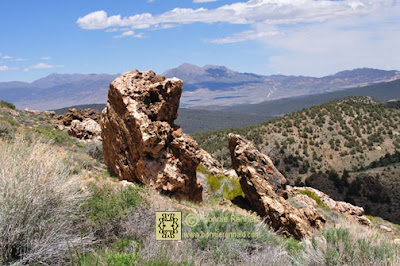HUMMINGBIRDS IN FLIGHT
I’ve been fortunate in getting hummingbirds to stop in mid-flight and pose for my camera.
Well, I'll let the secret out, I use a fast lens, a Nikon 2.8mm, a steady tripod, and stand patiently near a hummingbird feeder with my finger glued to the shutter.
Hummingbirds are native only to North and South America, and many species fly as many as 500 miles non-stop during their migration period.
Unlike other birds, hummingbirds have wings that rotate in a figure-8 motion.
This unique wing rotation allows the hummingbird to fly forward, backwards, up, down and sideways. The most exceptional flying skill that the hummingbird possesses is hovering.
The wings of the hummingbird move at a rate of 80 times a second, and during courtship may increase to 200 times a second. In normal flight a hummingbird flies between 20 and 30mph, but when diving can reach speeds as fast as 60mph.
With a heart beat as fast as 1,260 beats per minute, the hummingbird will feed at 45 second intervals, up to 8 times an hours.
To get the faster shutter speed, I increase the ISO and try to keep the aperture at f/8 for the depth of field. I always pre-focus the lens to an area before the action starts. Shooting in bright sunlight also helps with the shutter speed and brings out the highlights in the feathers. I’ve never used a flash, although some photographers highly recommend it with hummingbirds. My favorite lens for this type of photography is the Nikon 80-200mm 2.8, mounted on a tripod. Getting a clear, sharp photo of a hummingbird sometimes seems a stroke of luck. One of the times when they were putting on the best show was at dusk, when I didn't have my Quantum flash, so I just sat and enjoyed the entertainment.
With my Nikon and tripod, my goal is to recreate the scene as it appears in nature, to preserve in a photographic image the awesome, yet simplistic beauty of the scene that waits around a bend or over a hill. Sometimes it's a colorful landscape, and many times I'm allowed in the presence of the numerous creatures that adapt to life in the wild.
What
an exciting and interesting photo-adventure this day has been. I love
it when I am drawn to an area and not knowing what to expect I get
treated to new experiences.
Sign up and follow my blog to see where my next photo-adventure will be!
Photography places me in the moment where I can share that moment in time. It becomes a life story as represented by my interaction with the scene. The happiness and beauty or the sorrow and strife; how I focus leaves a lasting impression that might touch the viewer on a spiritual level.
"Reflecting Nature's Artistry"
No images on this blog are within Public Domain or are available for free download.
All rights reserved, world-wide and images protected by Digital
Millennium Copyright Act (DMCA). All photography, graphics, text,
design, and content is copyrighted by Bonnie Rannald and should not be
copied, down-loaded, transferred and re-created in any way without the
express consent, in writing to Bonnie Rannald.
For information on Bonnie Rannald licensed, right-managed images, please
submit a written request.


















